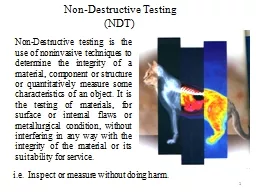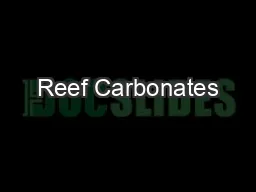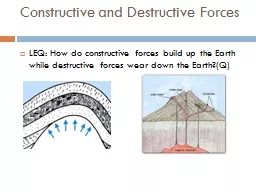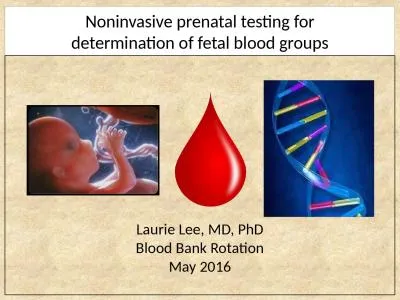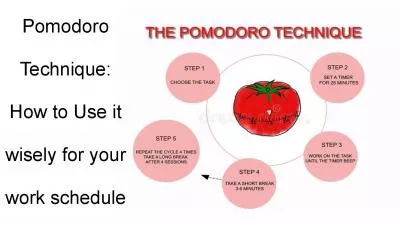PPT-Non-Destructive testing is the use of noninvasive technique
Author : giovanna-bartolotta | Published Date : 2017-09-20
NonDestructive Testing NDT 1 ie Inspect or measure without doing harm NDT increases the safety and reliability of the product during operation It decreases the cost
Presentation Embed Code
Download Presentation
Download Presentation The PPT/PDF document "Non-Destructive testing is the use of no..." is the property of its rightful owner. Permission is granted to download and print the materials on this website for personal, non-commercial use only, and to display it on your personal computer provided you do not modify the materials and that you retain all copyright notices contained in the materials. By downloading content from our website, you accept the terms of this agreement.
Non-Destructive testing is the use of noninvasive technique: Transcript
Download Rules Of Document
"Non-Destructive testing is the use of noninvasive technique"The content belongs to its owner. You may download and print it for personal use, without modification, and keep all copyright notices. By downloading, you agree to these terms.
Related Documents

